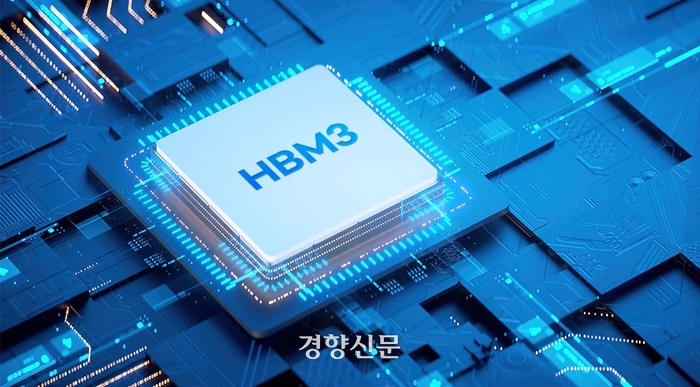US Export Controls Target China’s Semiconductor Ambitions
Discover how US export controls are reshaping China's semiconductor industry and impacting the future of AI technology and national security.

Key Points
- The US has implemented strict export controls targeting 140 Chinese companies, focusing on high-bandwidth memory and advanced chip manufacturing tools.
- These measures aim to impede China's advancements in AI technologies and military applications, highlighting national security concerns.
- China's response includes a push for self-sufficiency in semiconductor manufacturing, challenging the global tech landscape as firms adapt to evolving trade policies.
In a decisive move to bolster national security and maintain technological supremacy, the United States has recently intensified its export controls targeting China’s semiconductor industry. This marks a significant escalation in the ongoing tech rivalry between the two nations, with implications that could reshape the global semiconductor landscape. The measures are not merely regulatory adjustments; they reflect a strategic effort to impede China's advancements in artificial intelligence (AI) and military technologies.
What are the New Export Controls?
On December 2, 2023, the Biden administration unveiled a sweeping package of new export restrictions affecting 140 Chinese companies, including significant players like Naura Technology Group and Semiconductor Manufacturing International Corporation (SMIC). The controls specifically restrict the sale of high-bandwidth memory (HBM) and advanced chip manufacturing tools. These components are vital for creating cutting-edge AI chips, which are integral for modern military applications and various high-tech sectors.

Why High-Bandwidth Memory Matters
HBM serves a crucial role in the functioning of advanced AI systems due to its ability to process and manage data at exceptionally high speeds. By restricting access to HBM, the US seeks to hinder China’s capacity to develop sophisticated AI technologies that could pose risks not only to American security but also to global stability. For example, the advanced AI chips developed using HBM are instrumental in military applications, which could enhance China’s defense capabilities significantly.
Targeting the Supply Chain
The latest regulations also incorporate a novel application of the
, which extends the reach of US export controls to foreign-made chip manufacturing tools that incorporate American technology, effectively tightening the noose around China’s semiconductor sector. This shift indicates an understanding that cutting-edge semiconductor production does not solely involve the manufacturing processes within China; it is heavily reliant on global supply chains that include US technology.
Global Reactions and Anticipated Consequences
The response from Beijing has been predictable. Chinese officials have condemned these measures as an overreach of national security considerations, asserting that it disrupts fair competition in the market. However, experts suggest that these restrictions could significantly stall China’s advancements in the semiconductor realm, which currently lags behind leaders like
and TSMC.
In a broader context, this escalating trade war showcases the strategic importance that both countries place on semiconductor technology. Firmly positioned at the center of the tech ecosystem, semiconductors are essential for a range of applications beyond military use, including AI development, telecommunications, and consumer electronics.
China's Response: Going Independent
China has been increasingly focused on achieving self-sufficiency in the semiconductor domain, investing billions into its chip-making capabilities while simultaneously ramping up domestic production. The introduction of such US restrictions could potentially accelerate these efforts, as companies might be compelled to develop alternative supply chains. This self-reliance approach, however, is a long-term strategy that still faces significant challenges due to reliance on advanced manufacturing technologies that are predominantly held by US and allied firms.
Looking Ahead: What This Means for the Tech Industry
The repercussions of these export controls extend well beyond US-China relations. As countries worldwide reevaluate their trade policies regarding technology exports, firms will need to navigate a rapidly changing regulatory landscape. Enhancements in semiconductor manufacturing capacity may come at a slower pace, fundamentally altering the competitive landscape of the global tech industry. U.S. technology companies, while aiming to maintain a competitive edge, must focus on innovation and adaptability to survive the tightening grip of export laws.
The current situation reflects a chess game being played on a global scale where semiconductor technology is the prized piece. With various players each holding different strategies, it is clear that the stakes are high, and the outcomes are yet to be determined. The competitive edge gained or lost in semiconductor production will heavily influence not just national security but also the future of global technological innovation.
In summary, the U.S. has taken bold steps to assert its position in the semiconductor industry by implementing strict export controls aimed at curbing China’s advancements. While these measures are designed to address national security concerns, they also highlight the intricacies of global trade dynamics in the tech sector. As both nations react and adapt to these changes, the semiconductor landscape is poised for significant evolution in the years to come.


